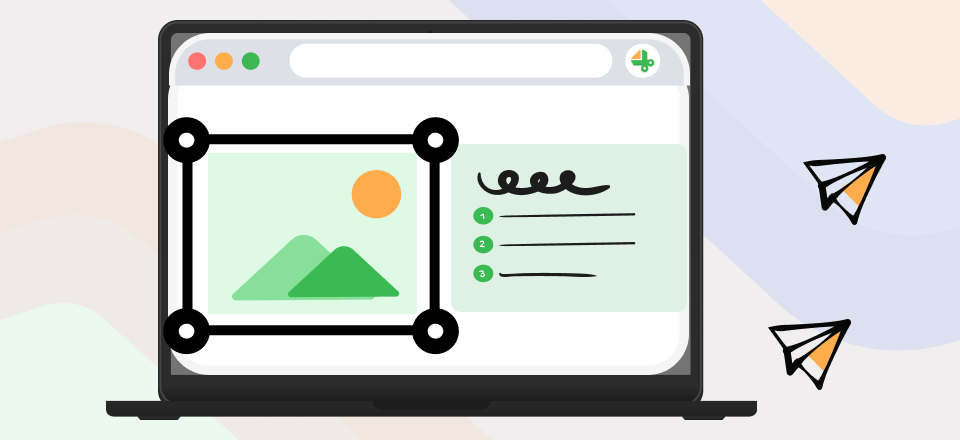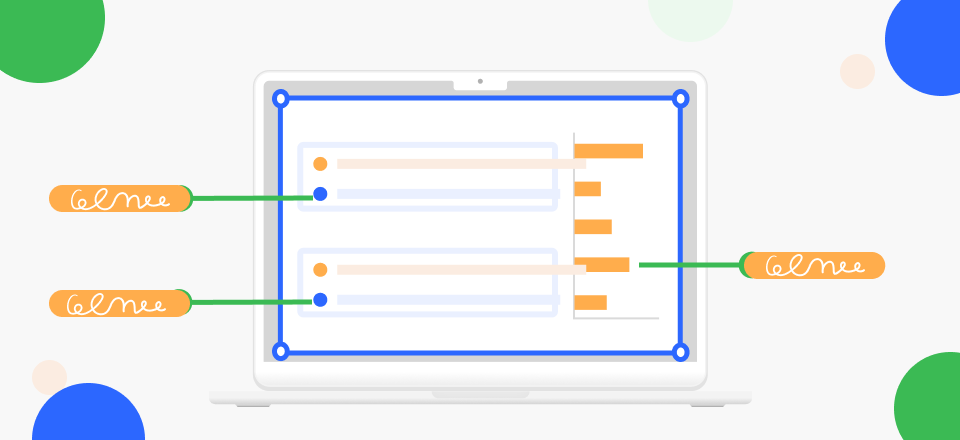Screenshots are images taken from the display of a computer or mobile device. They are crucial for online communication and information sharing. Using screenshots makes it simple to show others exactly what you are viewing without using words to describe it. Because we can now quickly capture and share visual details rather than writing lengthy descriptions. Taking high-quality screenshots has altered the way we share information. Additionally, it is helpful when working together or attending meetings because they foster more productive collaboration.
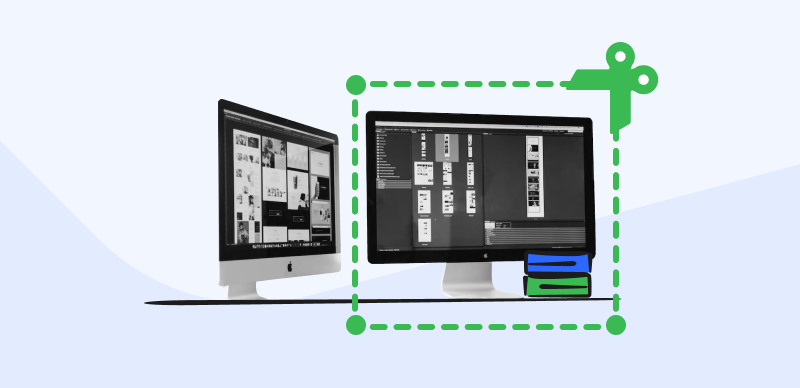
Screenshot Only One Monitor
However, many users are unaware of how to screenshot only one monitor, so they are missing out on the many advantages it provides. Knowing how to take screenshots will make it simple to save crucial information, share entertaining content with others, or even troubleshoot technical problems by taking screenshots of error messages. In this article, we show you how to take screenshots on only one monitor, so let us get straight into it without further delay.
Can you Screenshot Just One Monitor?
Many users have the question of whether they can screenshot just one monitor. The answer is yes! This feature is especially helpful if you want to concentrate on a particular screen while using multiple monitors connected to your computer. You can quickly save crucial information, share entertaining content, or troubleshoot technical issues by taking screenshots of a portion of the screen or error messages by learning to screenshot a single monitor.
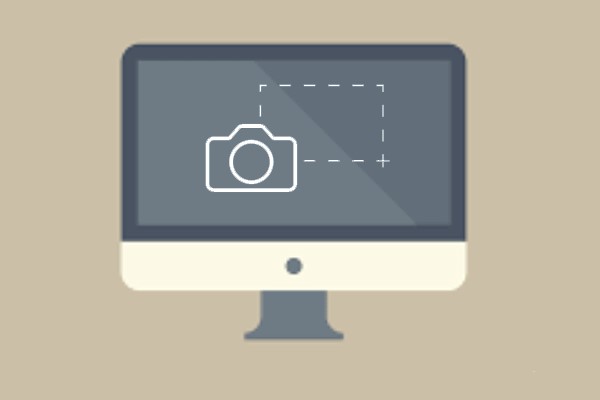
Can you Screenshot Just One Monitor
Consider that you are engaged in a challenging project that calls for using numerous programs and documents displayed on various monitors. You unexpectedly encounter an error message or a unique configuration that you need to communicate with your co-workers or technical support. Taking a screenshot of just one monitor becomes very helpful in this situation. You can quickly share the error message, the configuration options, or any other pertinent information with others by taking a screenshot of that particular screen’s contents.
How to Screenshot Only One Monitor on Windows 11?
Looking for a method to screenshot only one monitor on Windows 11? Look no more! Gemoo Snap is an intuitive screenshot tool that makes taking, saving, and uploading screenshots simple. Computer screenshotting is made simple by its user-friendly interface and useful features. Gemoo Snap gives you the flexibility and convenience to meet your screenshot needs, whether you want to capture the entire screen, a specific monitor, or even a long web page. The following are a few easy steps to use it. Besides working on Windows 11, it also works well on Windows 10/8/7 and Mac computers.
Step 1. Free install Gemoo Snap and open it on your computer. On the welcome page, sign up with your information. You’ll see the Gemoo Snap interface below.
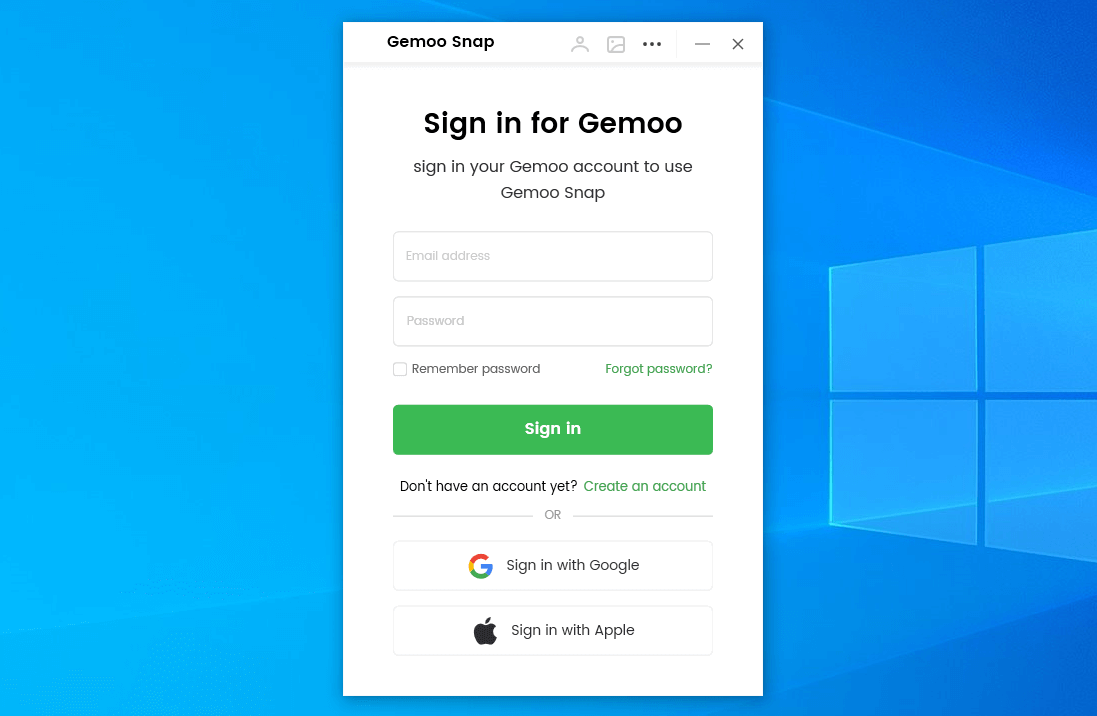
Sign in Account
Step 2. Choose the Quick Screenshot mode to take a quick screenshot with just one monitor.
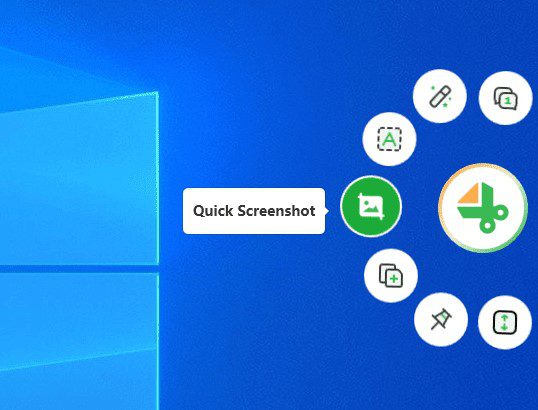
Click Quick Screenshot
Step 3. Choose a specific portion of the screen to take a screenshot with only one monitor.
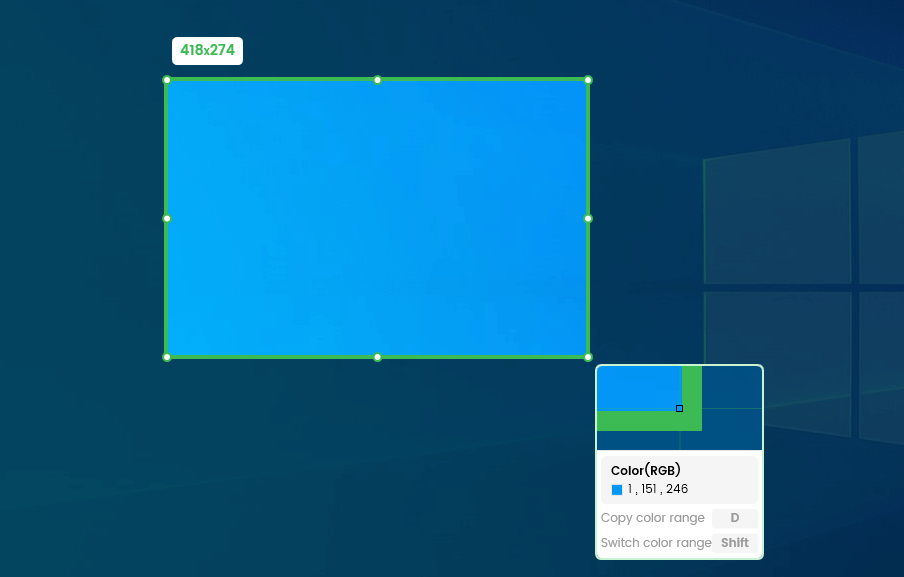
Frame the Screen
Step 4. Wait for the screenshot to be successfully captured and then it will redirect to a new tab to edit, share, and download the screenshot if you need.
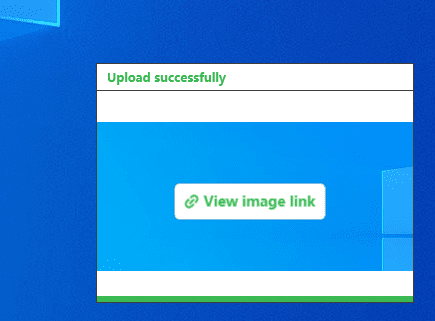
Upload Successfully
How to Screenshot Only One Monitor on Windows 10?
Are you looking for a method to screenshot just one monitor on your Windows 10 computer? You have come to the right section! Windows offers a helpful keyboard shortcut, Ctrl + PrtScn, to capture the entire screen. Thanks to this shortcut, the best part is that you can screenshot only the desired monitor, which functions even with several connected monitors. Therefore, you can quickly capture the screen you need, whether working with one or several monitors. Here are a few easy steps
Step 1. Ensure the desired monitor is active and shows the content you want to capture.
Step 2. Press and hold the Ctrl key.
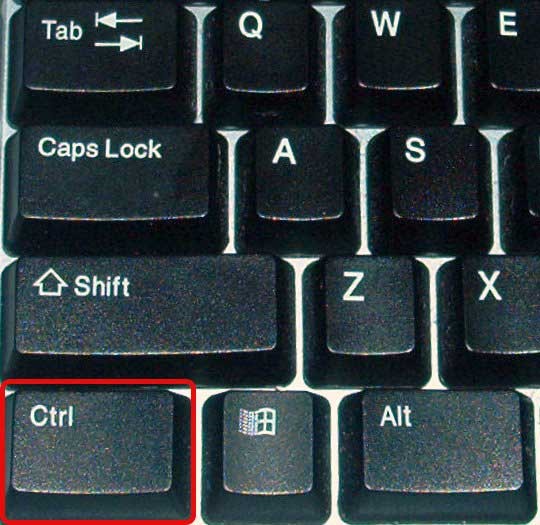
Hold Down The Ctrl Key
Step 3. Press the PrtScr key while holding Ctrl.
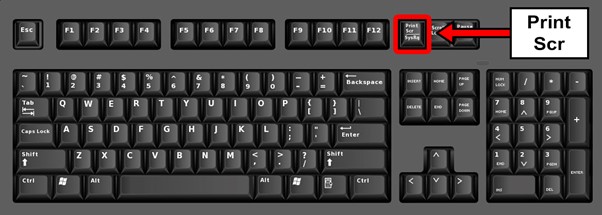
Press The PrtScr Key
Step 4. Use Ctrl + V to paste the screenshot into an image editing software or a document editor, such as Microsoft Word or Paint.
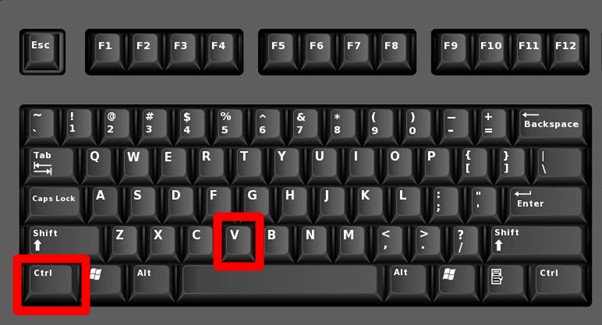
Use Ctrl And V To Paste
How to Screenshot Only One Monitor on Windows 8/7?
How do I screenshot only one monitor on Windows 8/7? Look no further! The Snipping Tool is a useful program with Windows and aids in screenshot capture. You can choose a particular area of your screen, such as one monitor, and save it as an image. To precisely capture what you need, you can also select various shapes. The following are a few easy steps by which you can easily use the snipping tool to capture screenshots of one monitor on Windows 8/7:
Step 1. Search Snipping Tool in the search bar and click to open it.
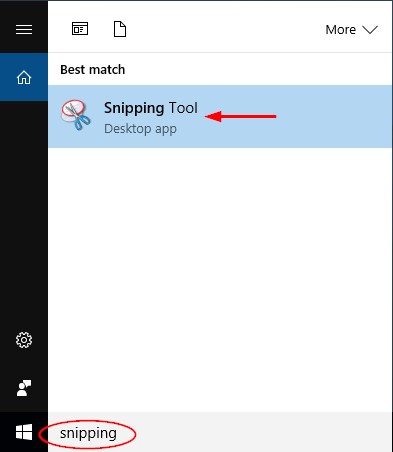
Open The Snipping Tool
Step 2. Select the “Window Mode” snip type.
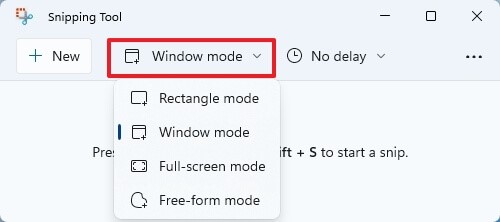
Select The Windows Snip Type
Step 3. Choose the monitor to capture.
Step 4. Click on the Save button to export the screenshot to your PC’s storage.
Faqs About Screenshot Only One Monitor
Are you still ambiguous? Look no further, as this section will answer some of the commonly asked questions to help you clear any doubt left, so let us jump into questions:
Why use only one monitor?
Having just one monitor has several advantages. First, it makes it easier for you to focus and work faster. For tasks that call for your undivided attention, like writing, coding, or creative work, a single monitor allows you to focus solely on one screen without interruptions. Second, it might be less expensive. Due to the additional hardware and cables required for multiple monitor setups and maintenance, this can be an expensive process. You can save money while increasing productivity by only using one monitor.
Besides the benefits mentioned above, having just one monitor keeps your workspace neat and organized. In contrast to a single monitor’s simpler setup and cleaner desk, multiple monitors can take up space and cause clutter. Better ergonomics and a more enjoyable work environment may result from this. And finally, one monitor is more than enough for most tasks. Having additional monitors may provide little benefits because many software applications and workflows are created to function best on a single screen.
Does monitor quality affect screenshots?
No, the monitor’s quality does not directly affect the appearance or quality of screenshots. A screenshot captures the digital image displayed on the screen, regardless of the monitor’s quality. It is important to note that when you view or edit screenshots, a high-quality monitor can improve their appearance. More fine details and vivid colors can be seen in the screenshots on a monitor with a higher resolution, accurate colors, and good contrast. The screenshot’s content is unaffected by the monitor, but viewing them on a good monitor can improve their aesthetic appeal.
In simple words, the screenshot’s actual content is unaffected by the monitor’s quality. It can greatly affect how they look visually. Therefore, investing in a monitor with higher display capabilities can improve your viewing experience if you want to enjoy the screenshots in their highest quality.
Can one monitor show two screens?
No, one screen can be displayed on a single monitor at a time. However, you can switch between multiple open programs or windows on that one monitor. This gives you an experience similar to having two screens, enabling you to work with various programs on the same screen. Even though it appears to have two screens, only one monitor shows various windows.
Final Thought
In conclusion, mastering the ability to screenshot only one monitor is a crucial skill that can significantly increase productivity and simplify recording and distributing crucial information. This knowledge can be very helpful whether you need to screenshot a specific monitor for work-related tasks, presentations, or personal use. Take the time to become an expert in this technique to realize the full potential of taking and using screenshots on your computer. If you found this article helpful, comment and share it with other users.

